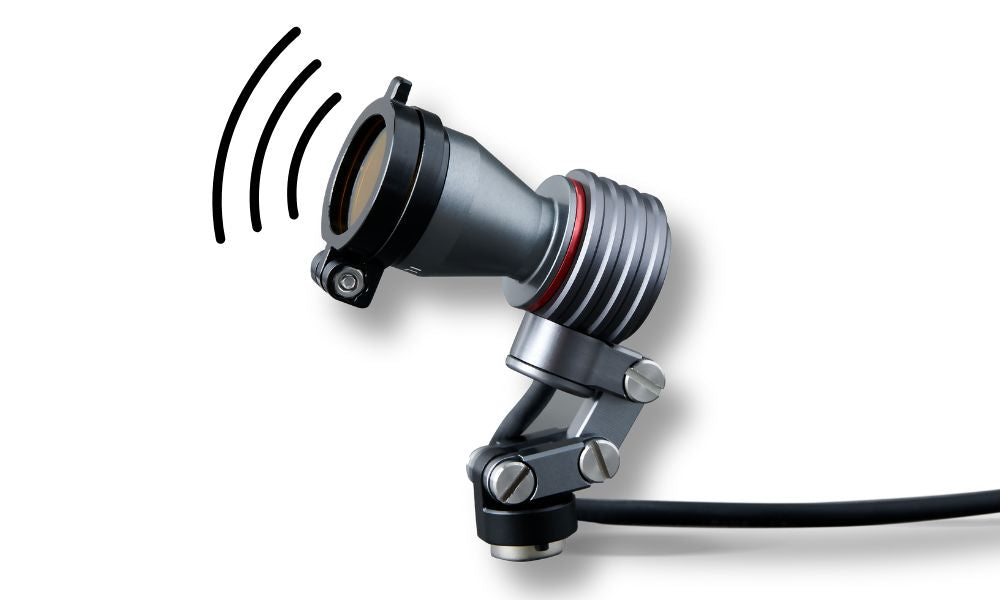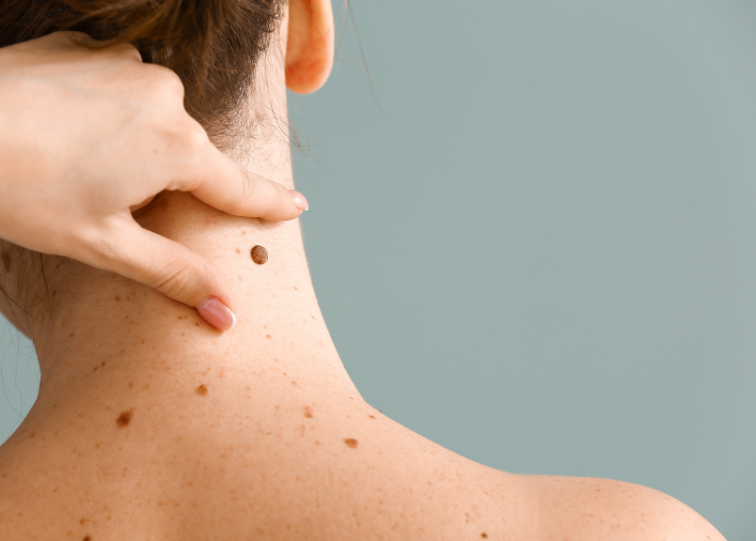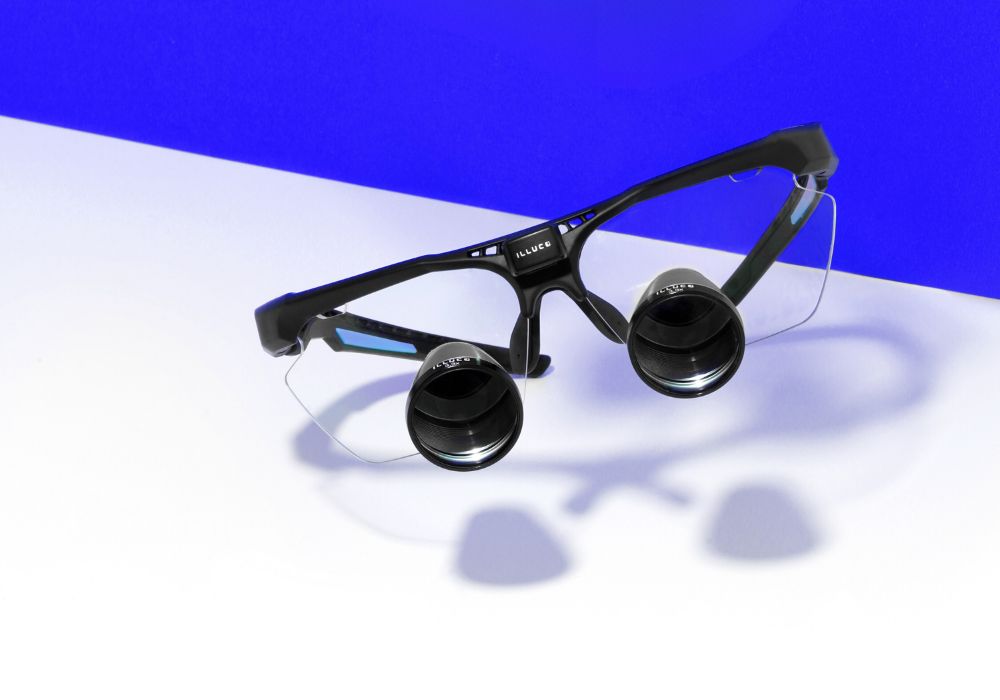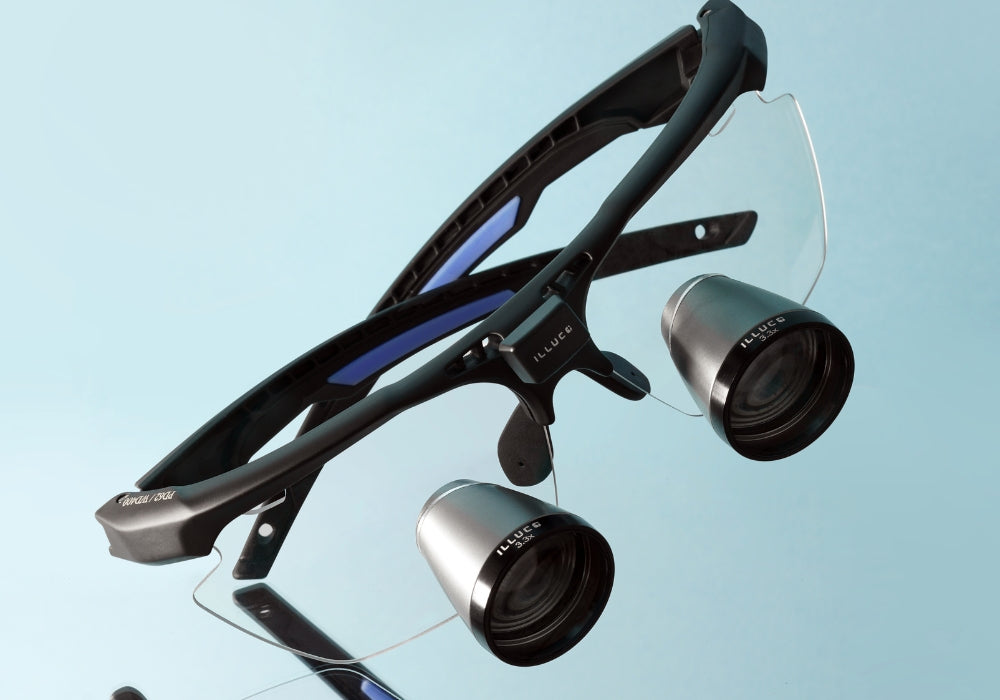Moles, also known as nevi, are common on human skin. These small, pigmented spots can be found in people of all ages and skin types. While moles are usually harmless, they can sometimes be a sign of a health problem. It's important to understand the different types of moles and what to look for to keep your skin healthy. In this blog post, we'll discuss the different types of moles, including blue nevus, intradermal nevus, compound nevus, junctional nevus, combined nevus, and dark nevus. We'll also talk about what you should look for when checking your moles.
Blue Nevus: Blue Nevus is a type of mole that appears as a small, raised, blue-black bump on the skin. These moles are typically benign but can occasionally turn malignant. They get their distinctive blue color from melanocytes (pigment-producing cells) that are deeper within the skin. Blue Nevus moles are often found on the scalp, face, hands, and feet. While they are usually harmless, it's essential to keep an eye on any changes in size, shape, or color.

Intradermal Nevus: Intradermal Nevus is a common type of mole that is slightly raised and typically flesh-colored or pink. These moles are often dome-shaped and can vary in size. They are composed of melanocytes located within the deeper layers of the skin. Intradermal Nevus moles are typically benign and seldom develop into skin cancer. However, if they become irritated or change significantly in appearance, consult a dermatologist for evaluation.

Compound Nevus: Compound Nevus moles are a combination of two types of moles: Junctional Nevus and Intradermal Nevus. According to OzarkDermatology, these moles present as smooth, dome-shaped papules or small nodules that are <10 mm in diameter. Their coloring varies from light tan to dark brown. Compound nevi have regular, well-demarcated edges and may have hairs. These moles are usually benign, but like other moles, they should be monitored for any changes in appearance.
Junctional Nevus: Junctional Nevus moles are flat, pigmented moles that are usually round or oval and have well-defined borders. They are found at the epidermis junction (the outermost layer of skin) and the dermis (the deeper layer of skin). Junctional Nevus moles are typically brown in color and can occur anywhere on the body. It's essential to monitor them for changes, as any irregularities may warrant further examination
Dark Nevus: Dark Nevus, often referred to as atypical moles or dysplastic nevi, are larger moles with irregular shapes and uneven coloration. They may have a dark brown center with lighter, irregular borders. While most Dark Nevus moles are benign, they have a higher risk of developing into melanoma, a potentially deadly form of skin cancer. Regular examination of these moles is crucial, and any changes should be promptly reported to a dermatologist.
What to Look For
When monitoring your moles, remember the ABCDEs of mole assessment:
A - Asymmetry: Look for moles with irregular shapes or ones that are not symmetrical.
B - Border Irregularity: Be cautious of moles with blurred or jagged edges.
C - Color: Pay attention to moles with uneven or changing colors.
D - Diameter: Be aware of moles more prominent than 6mm (about the size of a pencil eraser).
E - Evolution: Monitor moles for any changes in size, shape, or color over time.
Moles are a common and usually benign part of the human experience. However, understanding the different types of moles and being vigilant about changes in their appearance is important for skin health and the early detection of potential issues. If you notice any concerning changes in your moles, don't hesitate to consult a dermatologist. Regular skin examinations and self-checks can play a significant role in ensuring your skin's health and overall well-being.
References:






Leave a comment
All comments are moderated before being published.
This site is protected by hCaptcha and the hCaptcha Privacy Policy and Terms of Service apply.